One of the most significant advantages of cloud infrastructure is the flexibility and scalability it offers. However, with the convenience of cloud technology comes critical security challenges. With data breaches becoming more common, organizations must ensure their cloud infrastructure is secure. In this comprehensive guide, we'll take a deep dive into the best practices for securing cloud infrastructure.
Secure Configuration
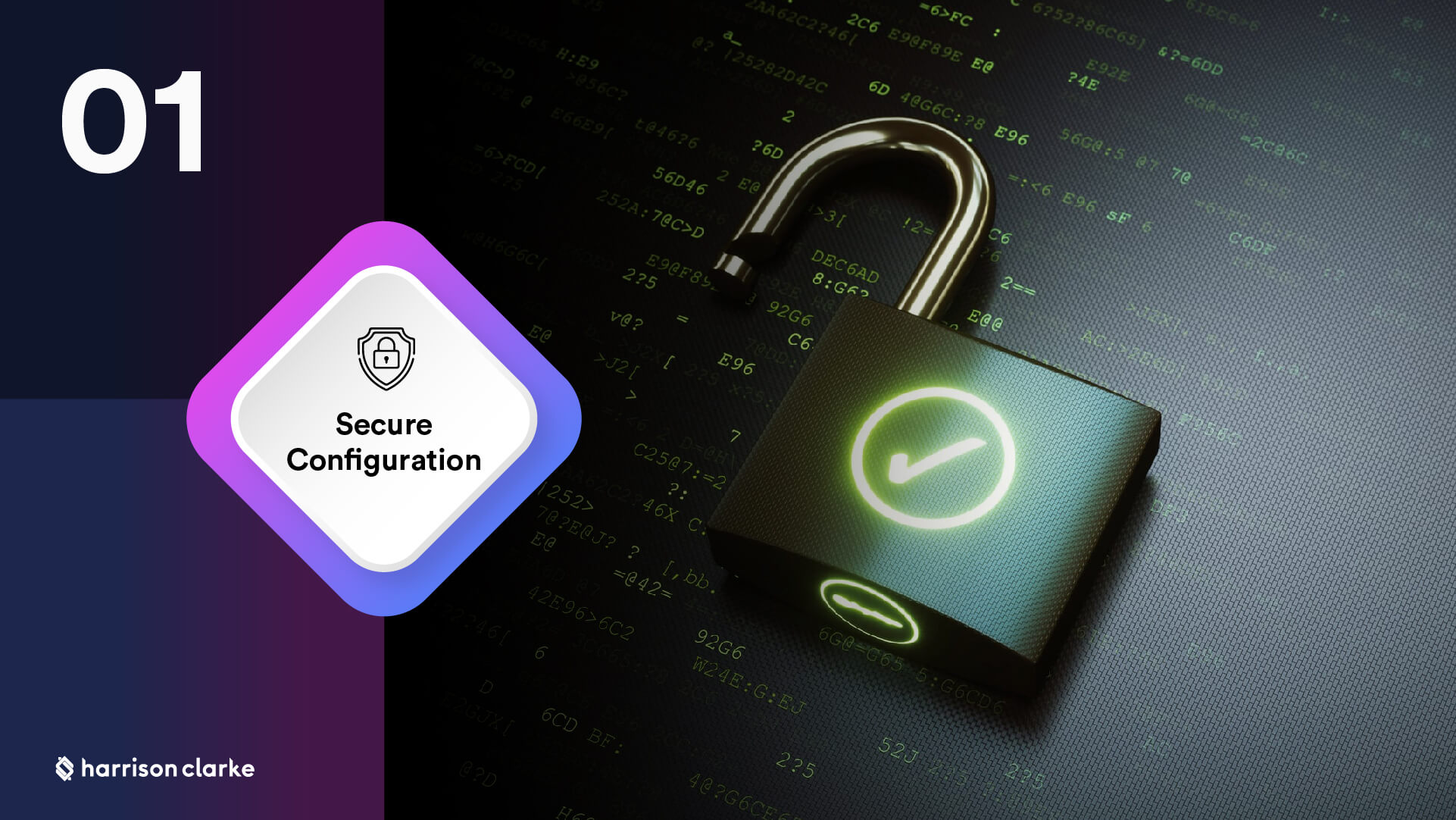
Organisations should ensure that their cloud infrastructure is configured securely. This means securing all services and data stored in the cloud. Best practices for secure configuration include: using secure passwords, implementing MFA, restricting access, and regularly updating and patching software.
Access Management
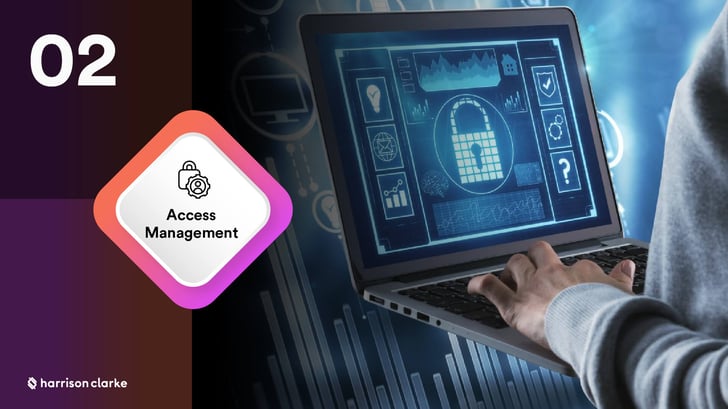
With the increasing number of personnel accessing cloud infrastructure, implementing a robust access management strategy is essential. Limiting access to information can limit the potential exposure to vulnerability. Best practices for access management include implementing access controls, segregation of duties, and implementing regular access reviews.
Data Encryption

Strong data encryption ensures that if a data breach occurs, the attacker would not be able to access the data. Organisations should encrypt data not only at rest but also in transit, during backups, and while in use. The best practices for data encryption include having end-to-end encryption, using industry-standard cryptography, and securely managing encryption keys.
Network Security Measures
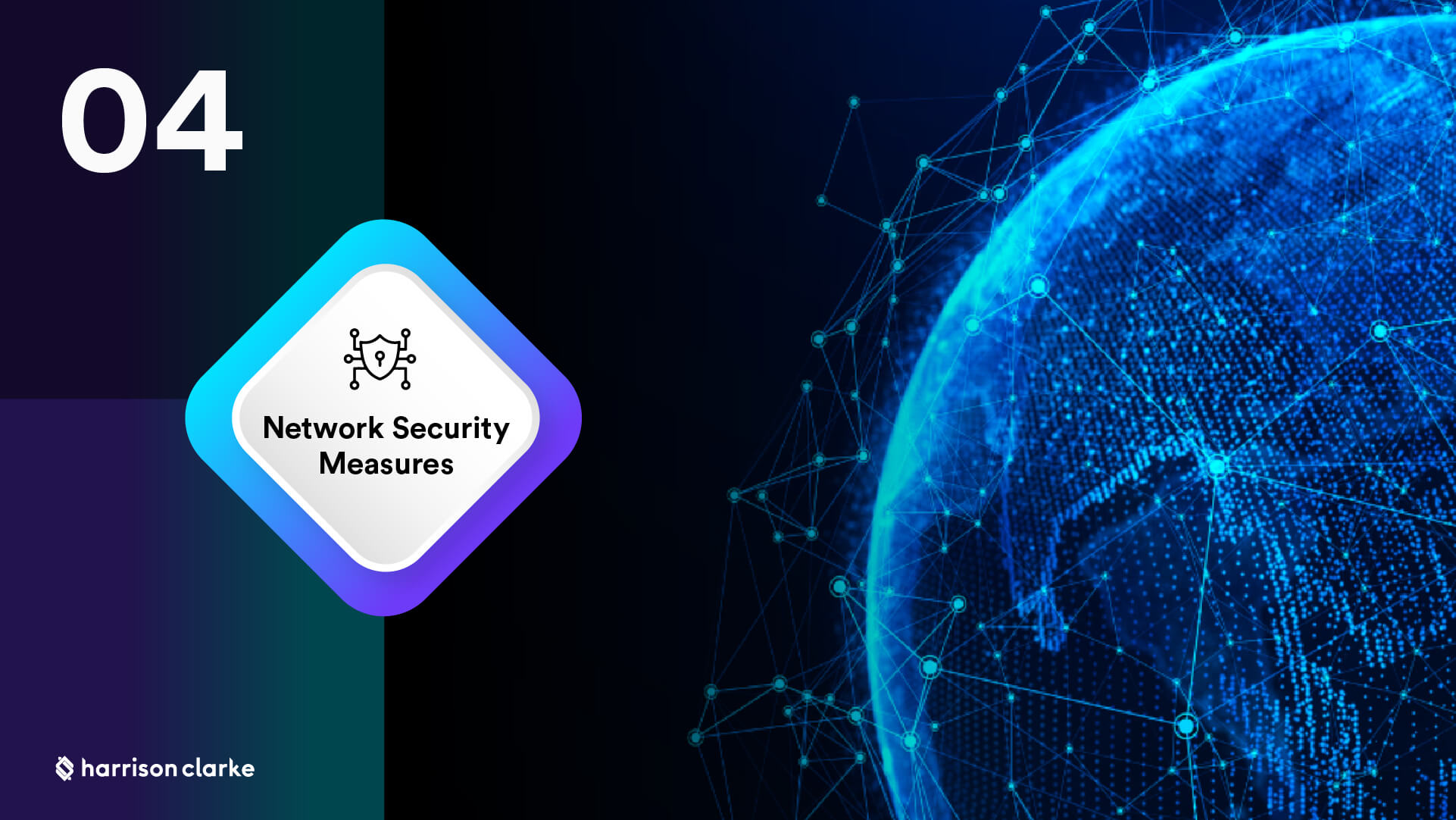
The network can be one of the most vulnerable areas of cloud infrastructure. Organisations should implement best practices for securing networks, such as configuring firewalls and monitoring traffic. Regular network security assessments, including monitoring internal and external communication channels, can help identify vulnerabilities in the cloud infrastructure.
Incident Response
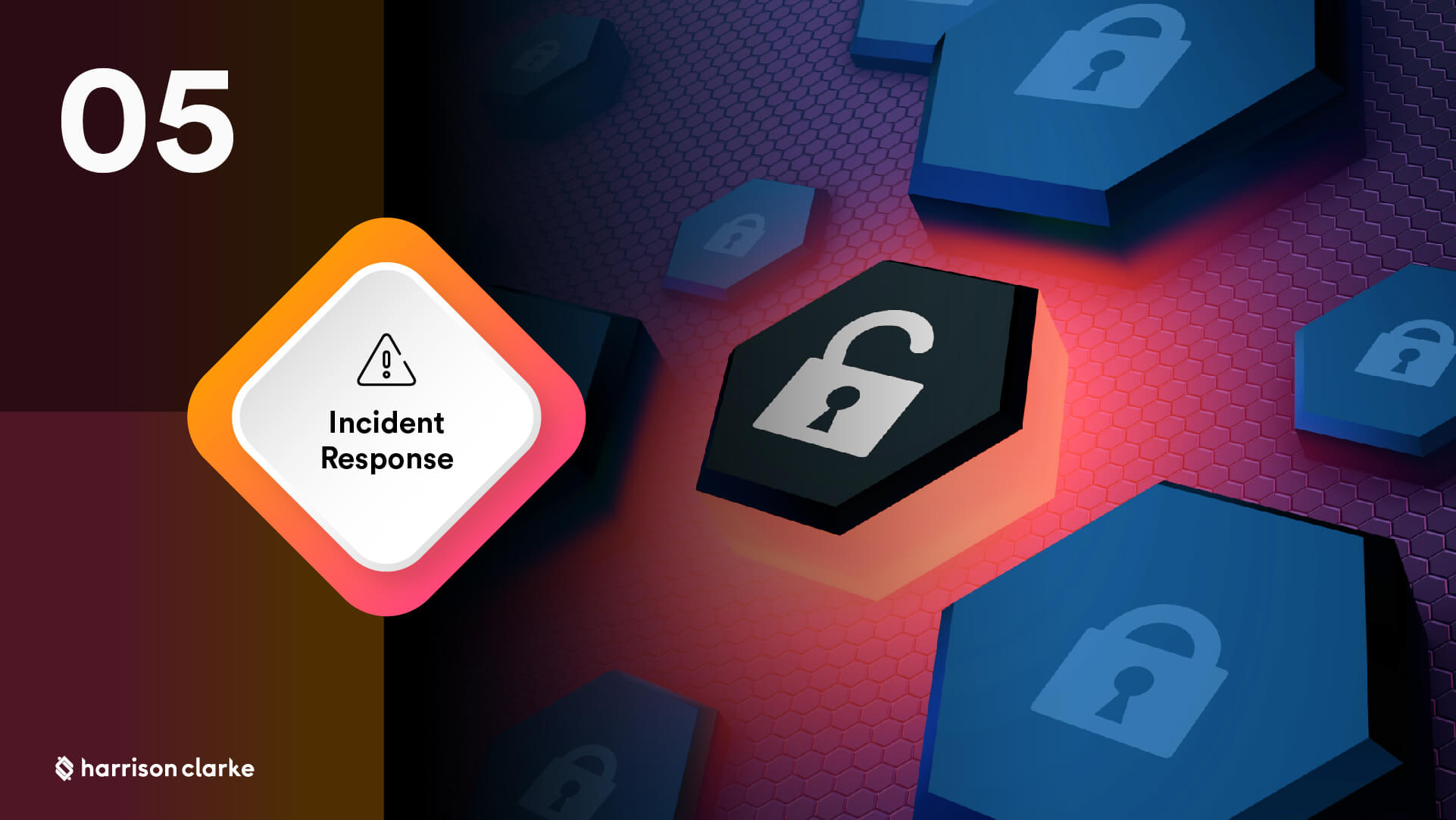
It is essential to have a plan in place to respond to security incidents. An effective incident response plan should be detailed, with protocols for reporting, investigating, and responding to incidents. Teams should be trained to execute the plan, and drills should be conducted regularly.
Conclusions
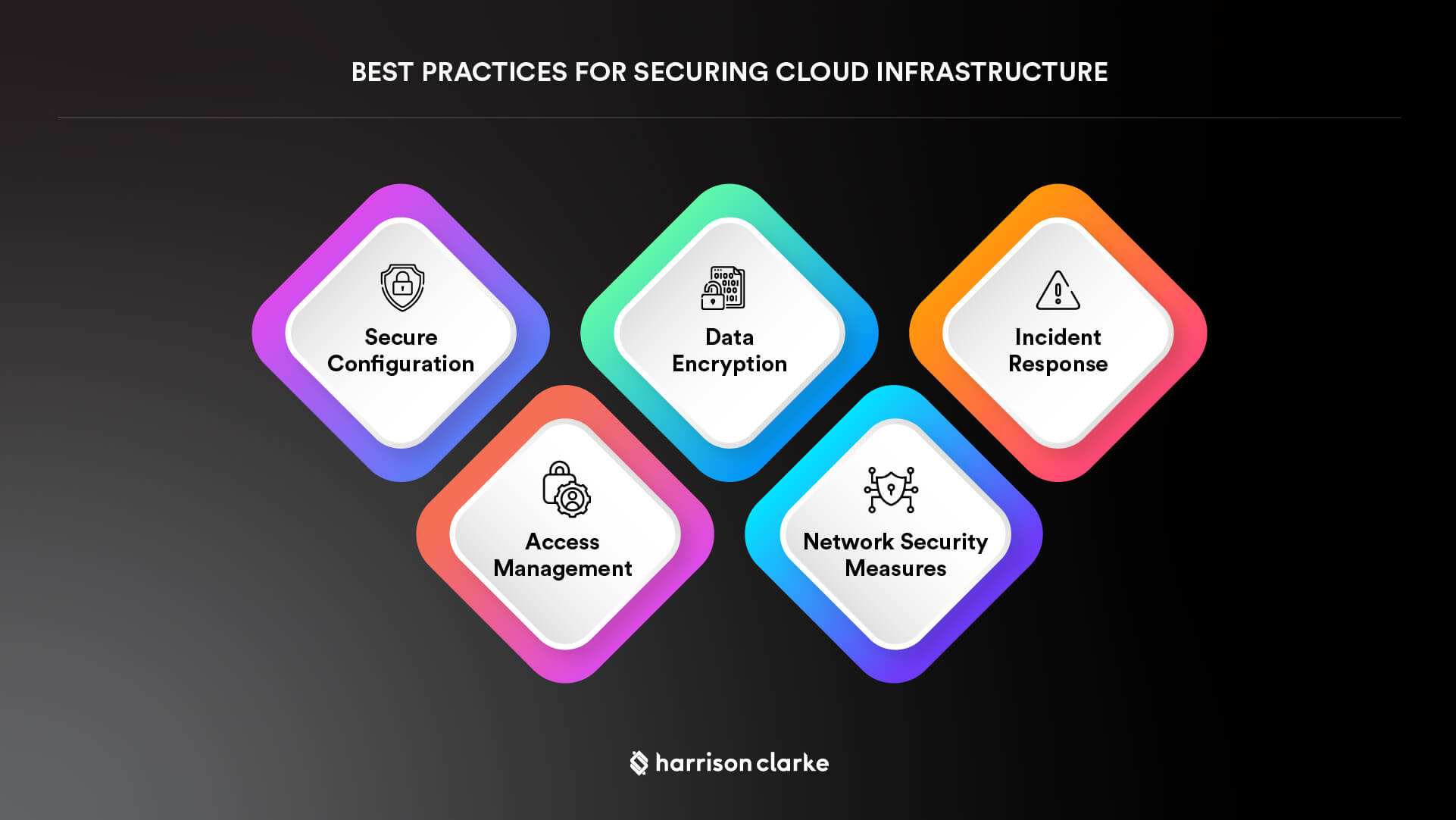
Cloud infrastructure offers plenty of advantages for organisations, but security must be a top priority. The best practices we've outlined in this comprehensive guide can help protect your cloud infrastructure from threats, making it a safe and efficient environment for your business data and applications. By implementing these security measures, organisations can be proactive rather than reactive to cyber threats and protect their cloud infrastructure effectively.



